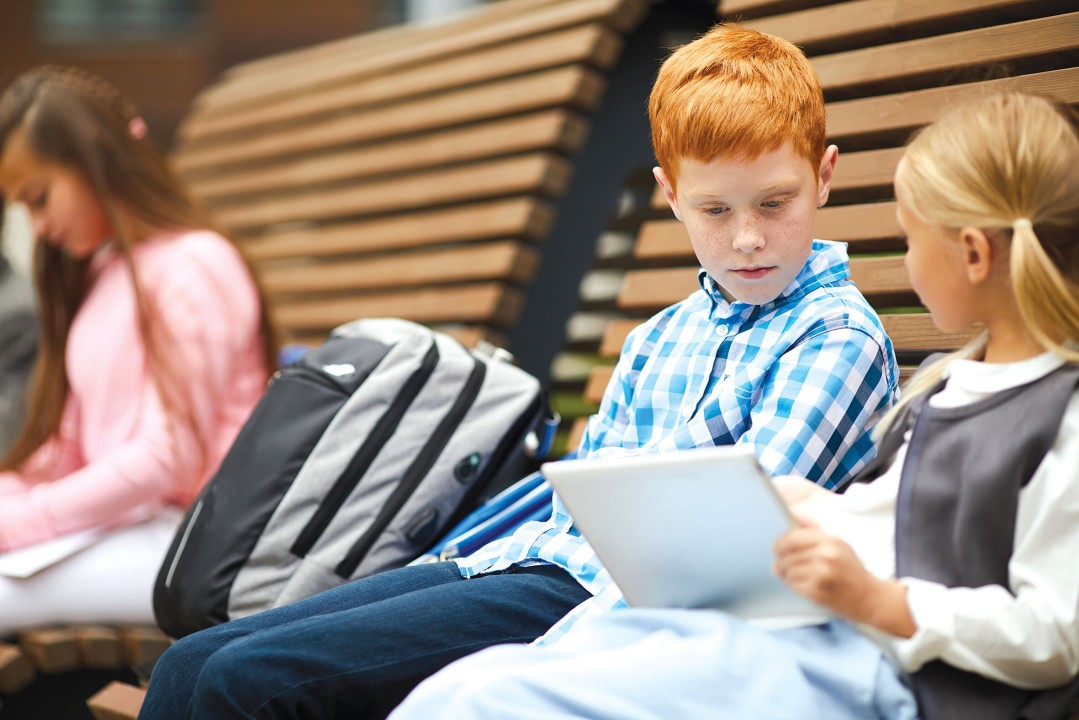So much learning can be done on the playground, and kids won’t even realize it’s happening if you plan it right. The great thing about education is that it often takes place far beyond the classroom walls. People of all ages typically learn, and retain, the most when they’re engaged and having fun. Of course, this applies especially to children who are still primed and ready to play. So, here are some tips for integrating learning with fun on the playground.
1. Balance, Coordination, and Range of Motion
One of the most obvious lessons learned on the playground, that actually requires very little involvement from teachers, is the lesson of movement. As people grow up, they quite often stop moving as much as kids do. They are taught through 12 years (and beyond) to sit down, stay quiet, and be still. Sadly, these unintentional lessons can often lead to adults who live a sedentary lifestyle, which can result in all kinds of health problems in the long term.
The good news is that you can counter all that sitting by teaching the benefits of movement outside. By encouraging kids to run around, climb, swing, and more on the playground equipment, you’re helping them build healthy habits for a lifetime. Indeed, you can even decide to hold certain parts of class outside. Have kids recite poetry while swinging, practice their times tables while scaling a rock wall, or recount the Gettysburg Address while running up the stairs and sliding down slides. This way, they’re learning two lessons simultaneously!
2. Cooperation
Another critical lesson to be learned at a young age that will extend well into adulthood is cooperation. Cooperation is a lesson that many adults still have not learned, and the negative side effects ripple outward into the community and even the entire country. When people don’t understand the benefits of working together, organizations and institutions are more likely to fall apart, which is not good for anyone.
The playground is a great place to teach kids to work together toward a common goal. You could set up a game that requires kids to depend on and trust each other in order to finish. Have the kids go on scavenger hunts on the playground, teach them to do a group jump rope game, or show them how to do a proper relay race that depends on each team member. Kids who learn these lessons during their childhood are more likely to carry them into adulthood.
3. Community
A natural part of learning to cooperate is learning about the value of community. After all, what do you want them to cooperate for? The breakdown of community can lead to all sorts of destructive sides of society, like isolated individuals, greater rates of depression and anxiety, and even an increase in violence. When people feel like they’re part of something larger, they’re generally happier, which is beneficial on an individual and collective level.
You can teach kids how to be part of a community on the playground by building something together, like a fort. You could start a garden together — building raised beds, laying down soil, planting seeds, etc. Then, you can show kids what comes of working together when flowers and food grow in your garden. It’s also helpful to explain to them what would happen if even one person was missing from the process — it could all fall apart — so everyone matters.
4. Healthy Competition
While working together is an essential part of growth and maturity, so is competition. And while the two might seem at odds, they don’t have to be. Working on a team toward a common goal is an extended lesson in cooperation and community. And competing against another team is an incentive to push themselves harder than they might otherwise and see what they’re really capable of, as an individual and as part of a great team.
There are so many great ways to teach healthy competition on the playground. You could organize a relay race or a scavenger hunt as mentioned above. The kids might want to build a structure as a team and then have independent judges decide which one is more sound. Or, just send the kids out into the field for a fun game of soccer. The primary goals here are to get the kids to work together and to learn to get good at both winning and losing.
5. Imagination
Last but not least, the playground is the perfect location to teach the invaluable lesson of imagination. Active imagination in kids can lead to adults who are able to problem solve, come up with creative solutions, and even empathize with others. These qualities can help them maintain positive mental health, find fulfilling work, and work as a community.
To teach kids to have an active imagination on the playground, you can start by reading an adventurous story in the classroom. Then, ask kids to recreate part or all of the adventure on the structure or nearby. Have them work in teams to build cooperation and community skills as well. Finally, ask them to create their own story based on their experiences and share it with the class.
There are countless lessons you can teach kids on the playground, and many of them are interwoven. When you’re teaching cooperation and imagination, you’re also teaching community and competition, and so on. Of course, movement is almost always part of learning outside. And the best part of it all is that, in most cases, kids don’t even realize they’re learning so much. They’re just having fun.

